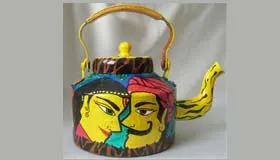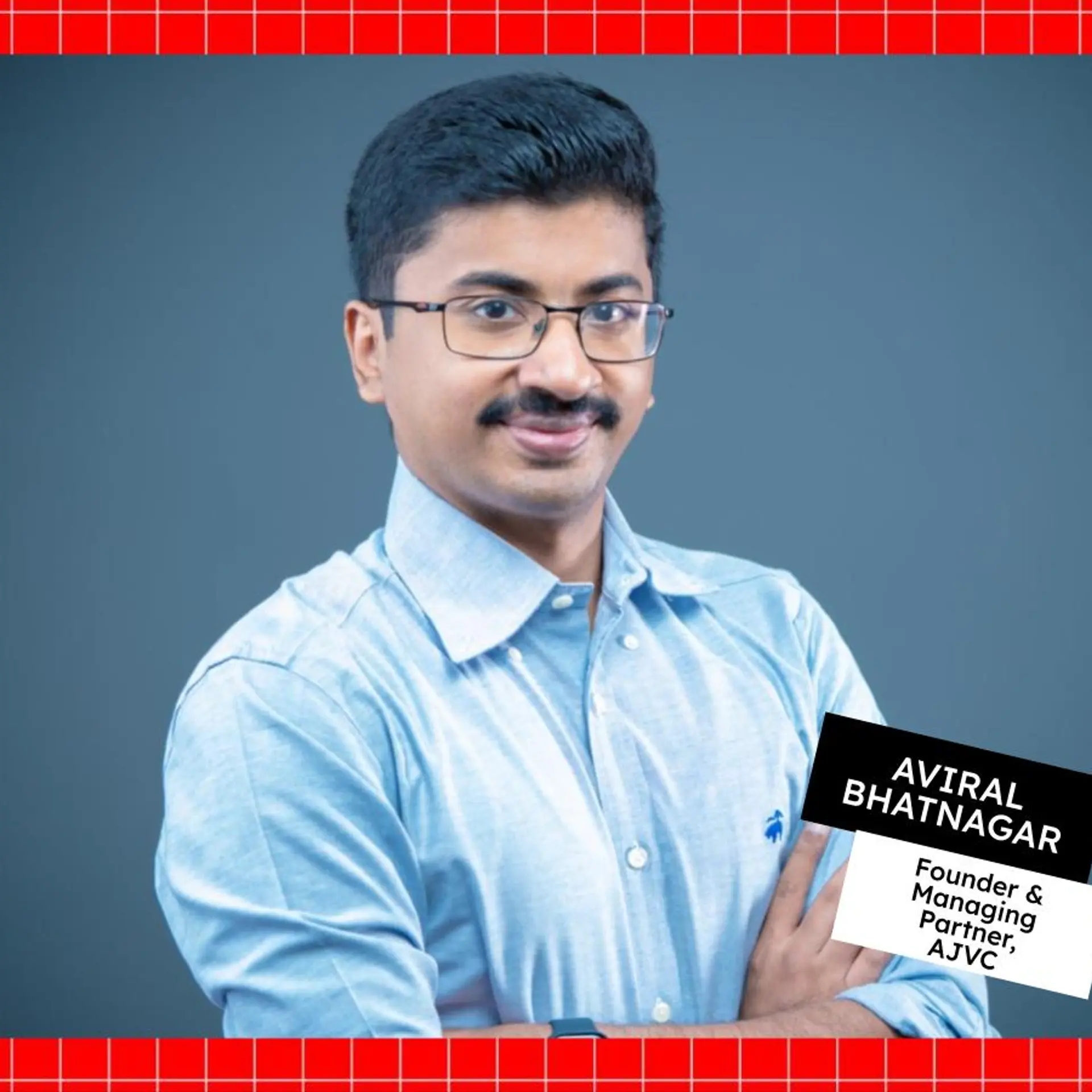How Tight are the IP Rights and Copyrights in India?

By Krithika Nelson“Imitation is the best form of flattery”
Now that’s a quote by Charles Caleb Colton that we are all aware of!
But my question is this – When someone copies your work, Do you really feel flattered?
Actually Flabbergasted would be more appropriate! It is not easy to see the work you have put hours or weeks or even years of hard work into, being ripped off by someone else, and called their own!
It all starts with an innocent phone call or message most of the times!
“Hey Congrats! You never told me you were collaborating with X on her new luxury bags line! What awesomeness!”
Or
“Hey! You never told me you started one more blog. Saw your write ups in there! Good job bro!”
For the first few minutes, the news doesn’t even sink in! Then a few rapid phone calls and pages of google searches later, you realise it was not a dream after all! Someone did copy your work and did not even bother to credit you for it!
Aarohi Phadke Singh is one such artist, who woke up to this kind of news. She is one of the people who I have really been inspired greatly by. She has been painting for over 18 years with various mediums and on various surfaces! She has an absolutely unique art style and was probably one of the first in India to start painting on Kettles and baltis in a more in-your face quirky way!
Her work has been unethically ripped off, not once but on multiple occasions. Some, by total strangers and once, by trusted interns.
In the latter case, “The betrayal is what I couldn’t get over initially. Being inspired by something you randomly chanced upon is one thing, but to come into my home and systematically take notes and then do this… That is unethical on a mammoth scale” Aarohi says! And she was quite open to the world about how she felt! She had blogged about this earlier at http://networkedblogs.com/iHJ2a and
talked about this on various other forums, but soon realized nobody really cared beyond a point.
“Mainly because the copyright laws are not strong enough in our country, Most violations fall under the unethical category and only a complete or near complete copy can be termed illegal. And the only way to bring this to light is to talk about it, clarify whether it was intentional or coincidental, and then take future action. But, most people are just not up to taking on the issue head on. Till it hits them!!”
And soon, not surprisingly, the people who she found copying her, had moved on to also copy some other artist. “These people are like locusts.” She says “They go through one field, take up everything in there, and then move on to the next! You are just flavour of the month!”
Sandeep Makam, who has spent a good 10 years in advertising and now runs Be Positive 24, plays the devil’s advocate. He says in an industry like advertising, there are always chances that the same inspiration struck different people at different points.
“Well, when you are trying to come up with new ideas almost 20 days a month, it is impossible to know of every ad that has ever been made in the world. Let’s say, I am thinking of an ad for a refrigerator, with certain features. There are probably only N ways of talking about it and chances are someone talked about it that way somewhere, sometime!”
But then, he has had instances where his ads were lifted off word by word, pixel by pixel! And in these cases, “I actually feel proud” Sandeep says “I have done something so good that people are actually copying it!” He grins!
However, he also adds that the case might be completely different in the case of an artist or a business! “I was talking to my friend Rahul, who runs Nav Bharat, the publishing house, the other day about his books being plagiarised! He definitely was not flattered about people copying him!” He says and indicates something about a legal battle also in Rahul’s case.
But we all agree that not everyone out there is a villain. Most often than not, people repost blogs and use photos picked off google search without realizing they are doing something wrong. With art, there are even times when someone else genuinely thought of something similar.
In most of these cases a simple mail to the person, who has used your content without permission, could sort things out. Mention clearly in your mail that the material used is copyrighted to you, share the original link or image and ask this person to do one of the following:
Credit the design/material to you, the original creator
Pay you compensation for using your material/design
Remove the design/material from the shelves/web.
More often than not, the person responds with an apology or explanation, and does one of the above. For the others, there is the Law!
I asked Pankaj Jain, Principal at Impact Law Ventures, what one should do to make sure that their work is not stolen by anybody and this is what he had to say:
“At the first instance, an appropriate form of legal protection should have been procured by the entrepreneur in active consultation with a lawyer specializing in intellectual property related matters. Depending on case to case, such legal protections can be in the form of either filing for patents, trademarks, geographical indications, industrial designs, layout-designs (topographies) of integrated circuits, plant variety protections or copyrights. Another possible form of protection includes executing a non-disclosure and confidentiality agreement which safeguards the entrepreneur against unauthorized disclosure of proprietary and confidential information to third parties.”
But then, how tight are the IP rights and copyrights in India? Are they even affordable for small designers and startups? Pankaj answers that as well
“Given the knowledge-centric nature and needs of the new age economy, intellectual property rights are increasingly getting the attention that they deserve in India. Recently, I was judging a business plan competition at one of the top private engineering colleges in India. I was pleasantly surprised by most of the student entrepreneurs who were cognizant of the intellectual property laws regime and had strategies to safeguard their intellectual wealth in active collaboration with their university based incubator.” He says.
However, “Enforcement at a practical level continues to have its fair share of issues and challenges.” He adds. “The costs of procuring intellectual property protection are relative - depending upon the type of intellectual property protection sought as well as the professional fees of the legal consultant facilitating the exercise for the entrepreneur. Start -up entrepreneurs should especially try to request a lump-sum fee estimate from the legal consultant for facilitating the intellectual property protection as it will allow them finality of costs for a defined scope of work.”
If you feel your situation needs legal intervention, go for it! In fact, if you are not sure if it needs a legal intervention, talk to a lawyer and ask them for advice on it. As ironical as it might sound, hiring a legal consultant might not cost the world. Most startup centric lawyers like Pankaj are quite open to negotiating a fee that is fair for both them and the entrepreneurs.
However, at the end of the day, Aarohi rightly puts it “The best revenge is success”. Now I don’t have to explain that! Do I ? : )






